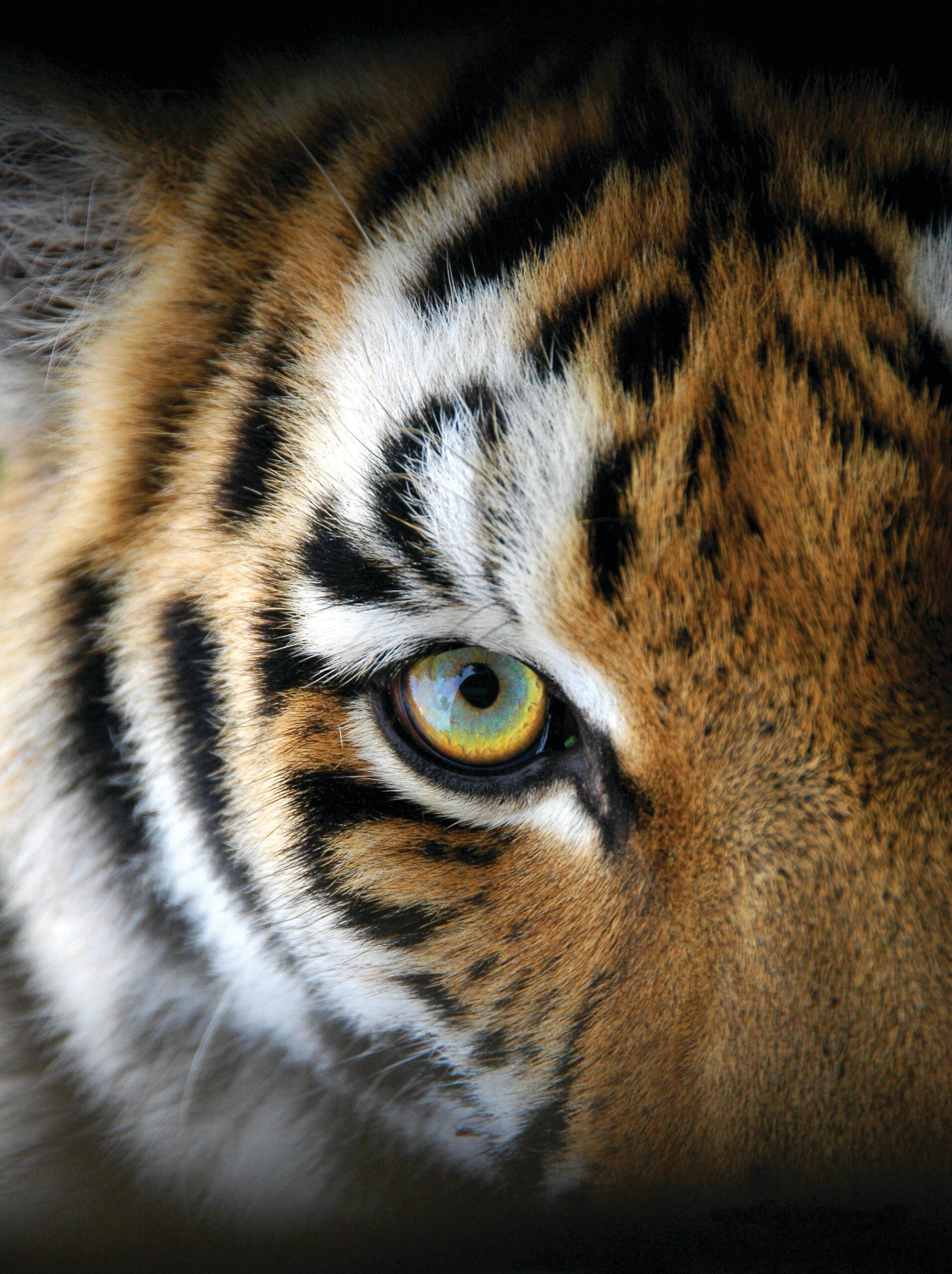Wildlife conservation is crucial to maintaining the balance of our planet’s ecosystems. With the decline of many species due to threats like habitat loss, climate change, and poaching, it is our responsibility to make efforts to protect and preserve wildlife. This article lists ten ways individuals can contribute to conservation efforts, including supporting conservation organizations, reducing their carbon footprint, avoiding single-use plastic, supporting sustainable agriculture, avoiding products made from endangered species, and creating a wildlife habitat in their garden. Additionally, educating others about wildlife conservation, volunteering for wildlife monitoring and research, and advocating for wildlife conservation issues can make a real difference in preserving the world’s natural resources.
10 Ways to Help Wildlife Conservation
Conserving wildlife is essential for maintaining the ecological balance of our planet. Our ecosystem is a delicate set of interconnected parts, all of which are reliant on each other. Threats like habitat loss, climate change, and poaching have resulted in a significant decline in the population of many species. It is our responsibility to make efforts to protect and preserve wildlife.
1. Support Wildlife Conservation Organizations
Joining or supporting a wildlife conservation organization is one of the most significant contributions one can make. These organizations work to protect habitats, run anti-poaching campaigns, and rescue wildlife in danger. Volunteering or donating to these organizations can make a difference in saving endangered species.
2. Reduce Your Carbon Footprint
Climate change is one of the biggest threats facing the world’s wildlife. The release of greenhouse gases from human activities like transportation, energy production, and deforestation has altered the planet’s climate, causing changes in animal habitats, migratory patterns, and breeding seasons. By reducing our carbon footprint, we can reduce the impact of climate change on wildlife.
3. Avoid Single-Use Plastic
Single-use plastic is harmful to wildlife, particularly marine animals. Plastic waste pollutes the oceans, harming marine life and disrupting ecosystems. Avoid using single-use plastic items like straws, water bottles, and plastic bags. Choose eco-friendly alternatives like reusable water bottles and grocery bags to help reduce plastic waste.
4. Support Sustainable Agriculture
Sustainable agriculture practices can help protect natural habitats and wildlife. Choosing food produced using sustainable farming methods can help reduce pesticide use and habitat destruction, benefiting wildlife, and maintaining the balance of the ecosystem.
5. Avoid Products Made from Endangered Species
The wildlife trade is a significant threat to endangered species. Avoid buying products made from endangered species, like ivory, fur, and animal skins. The demand for these products leads to poaching, habitat loss, and the illegal wildlife trade.
6. Support Eco-Tourism
Eco-tourism can help protect wildlife, as it provides an economic incentive for communities to protect their natural habitats. Selecting responsible, eco-friendly tour operators helps ensure that the activity does not harm the environment, and the profits generated help support conservation efforts.
7. Educate Others About Wildlife Conservation
Increasing awareness of wildlife conservation issues among the general public is crucial. Combating myths, educating people about the role of wildlife in the ecosystem, and encouraging them to take positive steps to protect wildlife, can make a real difference in the preservation of the world’s natural resources.
8. Create Wildlife Habitat in Your Garden
Creating a wildlife habitat in your garden can provide crucial habitat and shelter for local wildlife. Planting native species, providing nest boxes, and water sources like bird baths and ponds, can help support local wildlife populations.
9. Volunteer for Wildlife Monitoring and Research
Monitoring wildlife populations is crucial for their management and conservation. Ethical wildlife monitoring and research help track changes in populations and enable researchers to develop plans for the future. Many organizations provide opportunities for volunteers to participate in wildlife monitoring, helping to collect vital data.
10. Advocate for Wildlife Conservation Issues
Advocacy helps bring attention to wildlife conservation issues and creates political pressure for change. Contacting policymakers, signing petitions, or supporting political candidates with a strong wildlife conservation agenda can lead to policy changes that benefit wildlife.
Conclusion
Conserving wildlife is an essential component of managing our planet’s natural resources. By taking small steps, we can make a significant contribution to protecting wildlife populations and preserving their habitats. From supporting wildlife conservation organizations to advocating for wildlife conservation issues, we can all play a part in protecting the world’s wildlife for generations to come.
